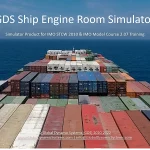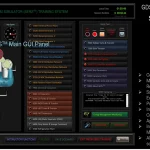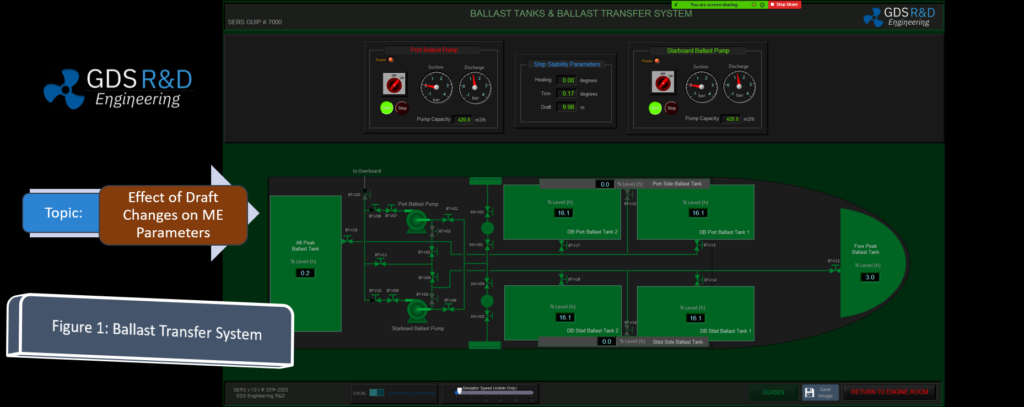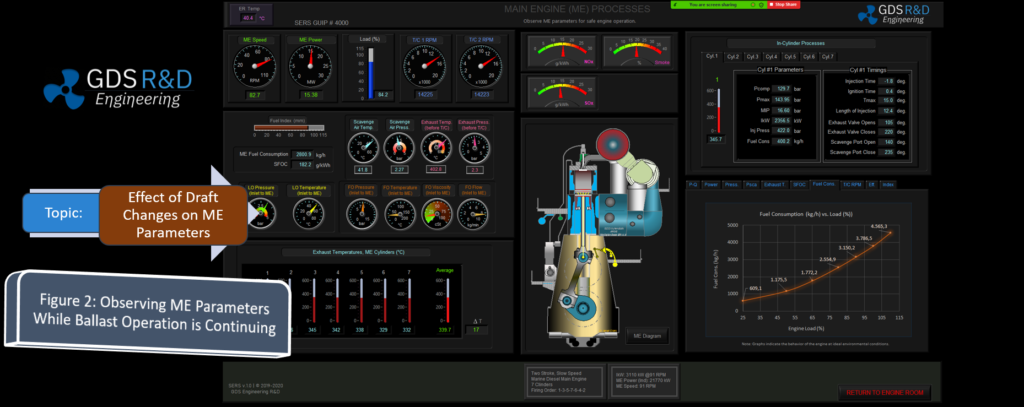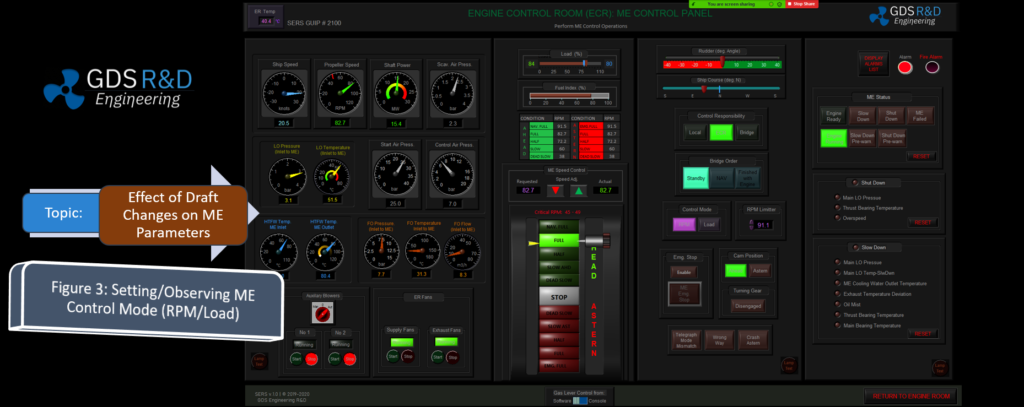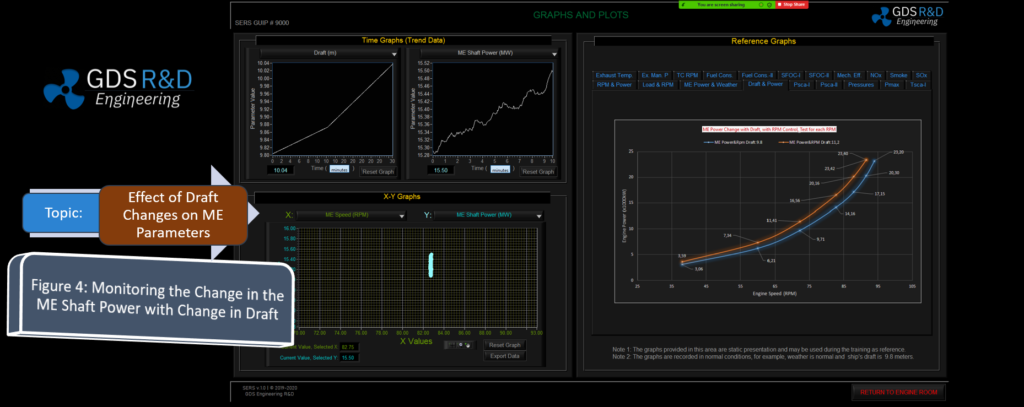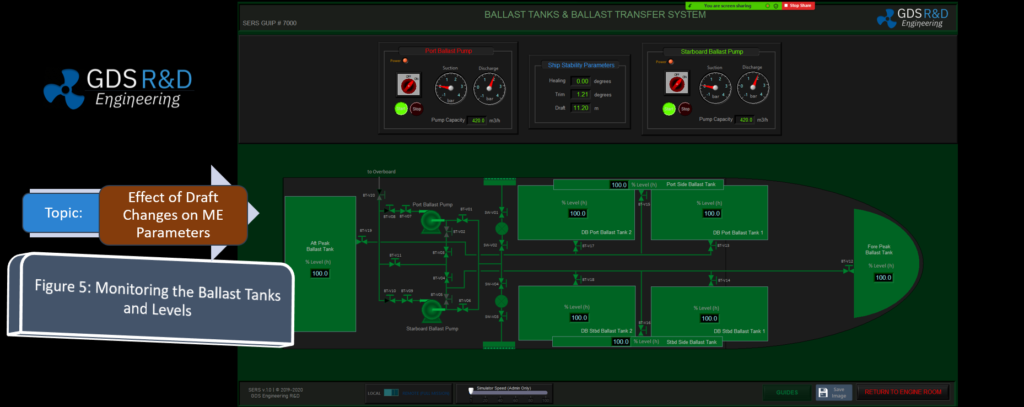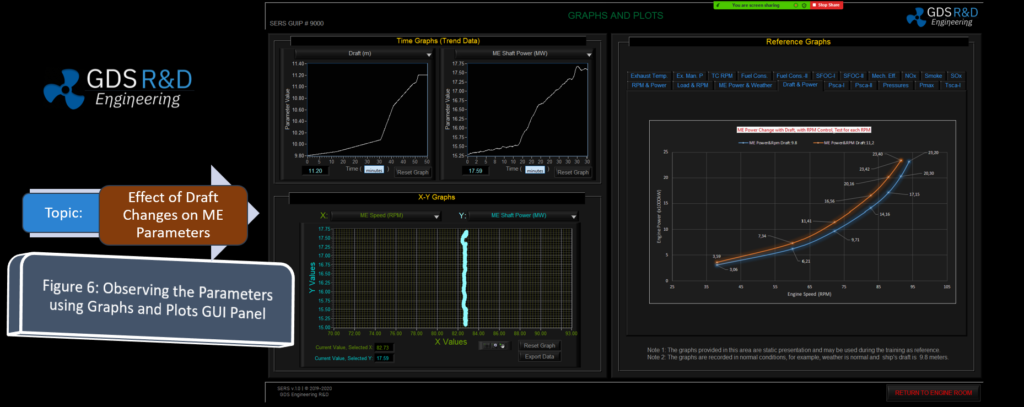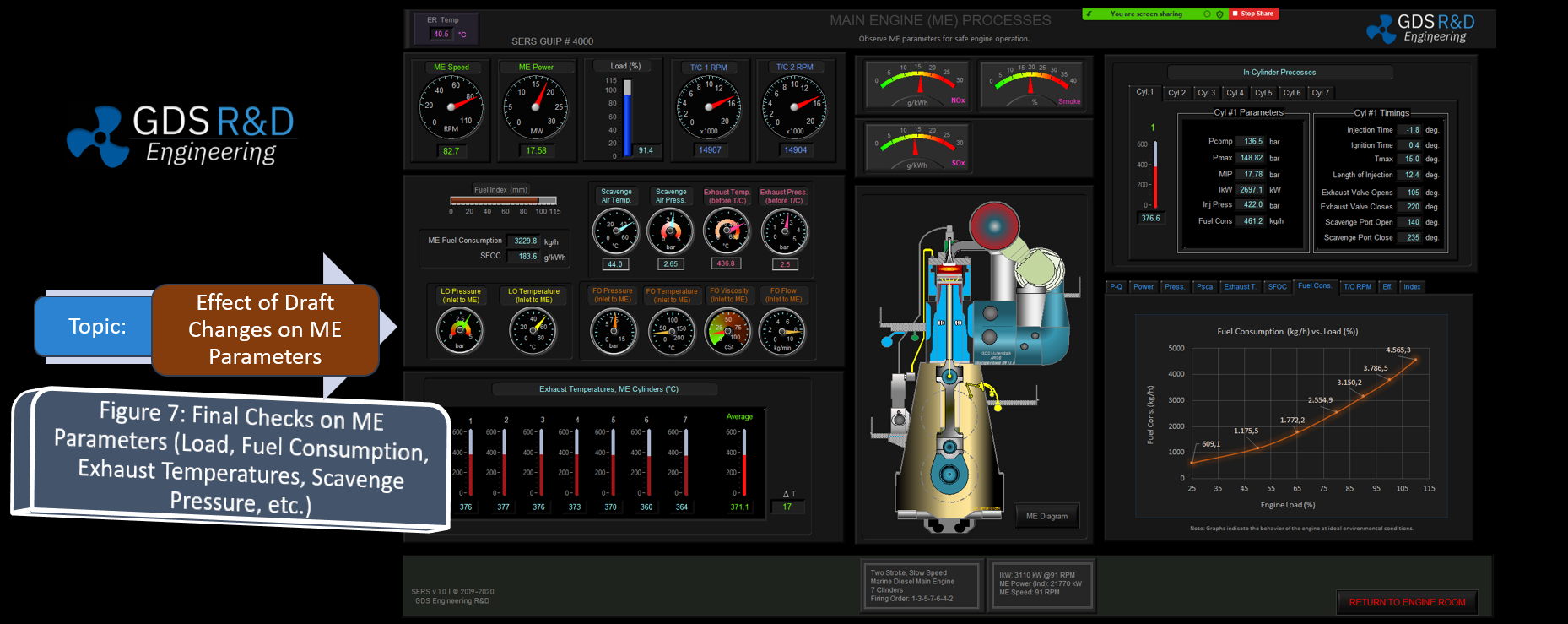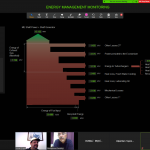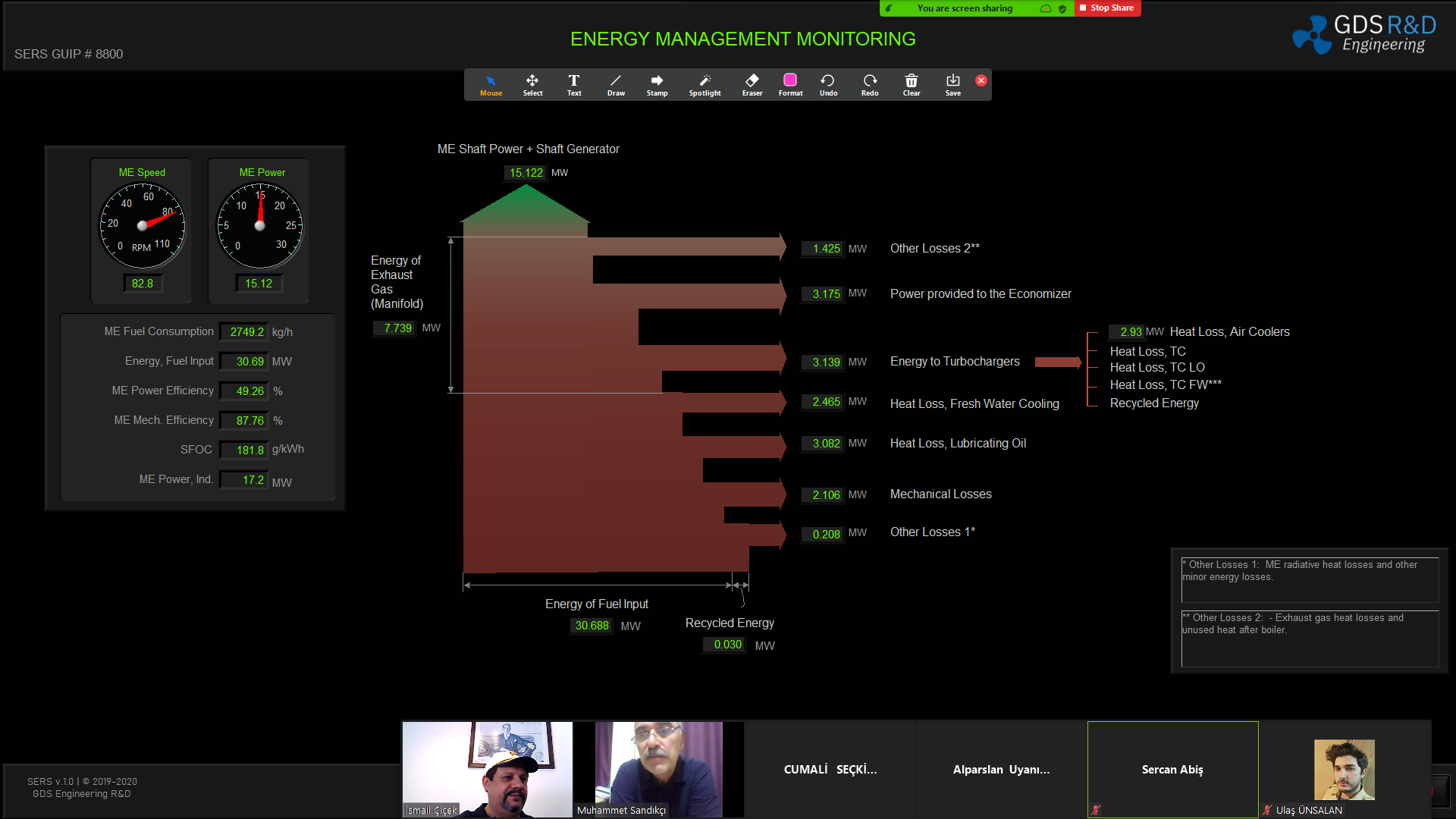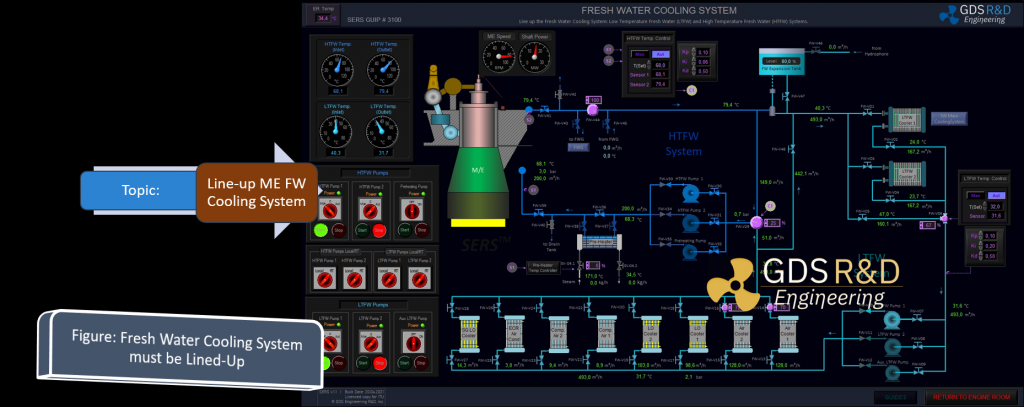GDS Ship Engine Room Simulator (Ship ERS or SERS™)
User Manuals and Exercise Workbooks
ERS User Manuals Set for Meeting IMO Model Course 2.07 (2017 Ed.) Exercise Objectives and STCW 2010 Training Requirements, Supplemented with Root Cause Analysis Exercises
SERS™ is provided with a total of seven (7) user manuals, student exercise workbooks, and documents as complementary to the training practices. All these documents are supplied with a license purchase.
SERS User Manual Vol I (Software Description) describes the SERS software with the SERS Graphical User Interface (GUI) Panels accessed from the SERS Main Graphical User Interface (GUI) Panel.
SERS User Manual Volume II (Engine Room Operations) includes the operational instructions on how to operate the engine room systems and machinery using the SERS. The training institutions can directly use the contents of this manual in their training procedures. There are also exercises included for use by the trainees for reporting.
SERS User Manual Vol III (Installation & Configuration) describes the installation and the configuration of the software and hardware items. Using this manual, SERS can be configured to run as a Distributed System and the touch screen hardware panels can be assigned to desired GUI panels using the configuration files.
SERS User Manual Volume IV (Instructor’s Manual) includes guides, information, and additional exercise tips for the instructors to utilize SERS in their trainings according to a specific training objective.
SERS Philosophy Document provides how SERS may be used in a curricula or in engine room simulator training programs. It provides guides for selecting the configuration of the SERS according to the training objectives.
Student Exercise Workbooks per IMO Model Course 2.07 (2017 Version)
Student Exercise Workbook, Volume I: We are already using the simulator in our own training programs and developed Volume I with exercies that meets each objectives of the IMO Model Course 2.07. Volume I exercises includes the Engine Room Operational Level training objectives.
Student Exercise Workbook,Volume II: Volume II exercises includes the Engine Room Management Level training objectives in accordance with IMO Model Course 2.07.
Using the SERS™ document set in classroom study also promotes the real-world engine room best work practices of using manuals in operation and management of the engine room machinery and systems.
Visit the Ship ERS ( SERS™) product page for more information
